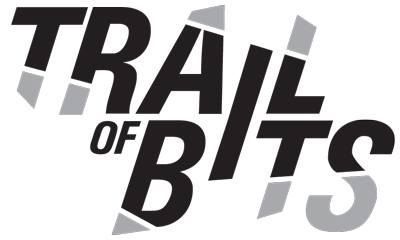This blog post describes how electronic passports work, the threats within their threat model, and how they protect against those threats using cryptography. It also discusses the implications of using electronic passports for novel applications, such as zero-knowledge identity proofs.
Introducing the Custodial Stablecoin Rekt Test; a new spin on the classic Rekt Test for evaluating the security maturity of stablecoin issuers.
Learn how to integrate TRAIL threat modeling into your SDLC, adapt and maintain models as your system evolves, and use them to identify security control gaps.
Discover TRAIL, Trail of Bits’ systematic threat modeling approach that identifies design-level security weaknesses and provides actionable remediation guidance.
Learn how comprehensive threat modeling could have identified the operational security gaps that led to Bybit’s $1.5B hack and prevented similar breaches.
